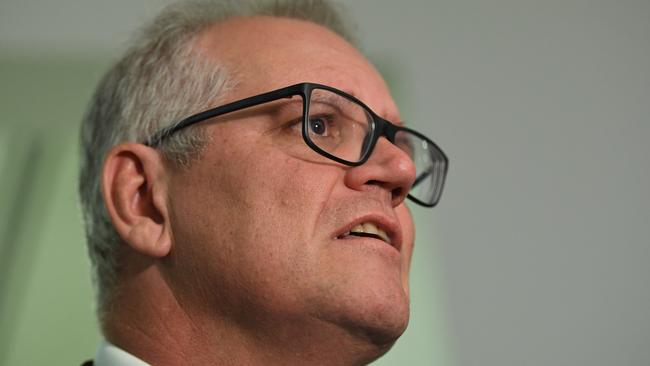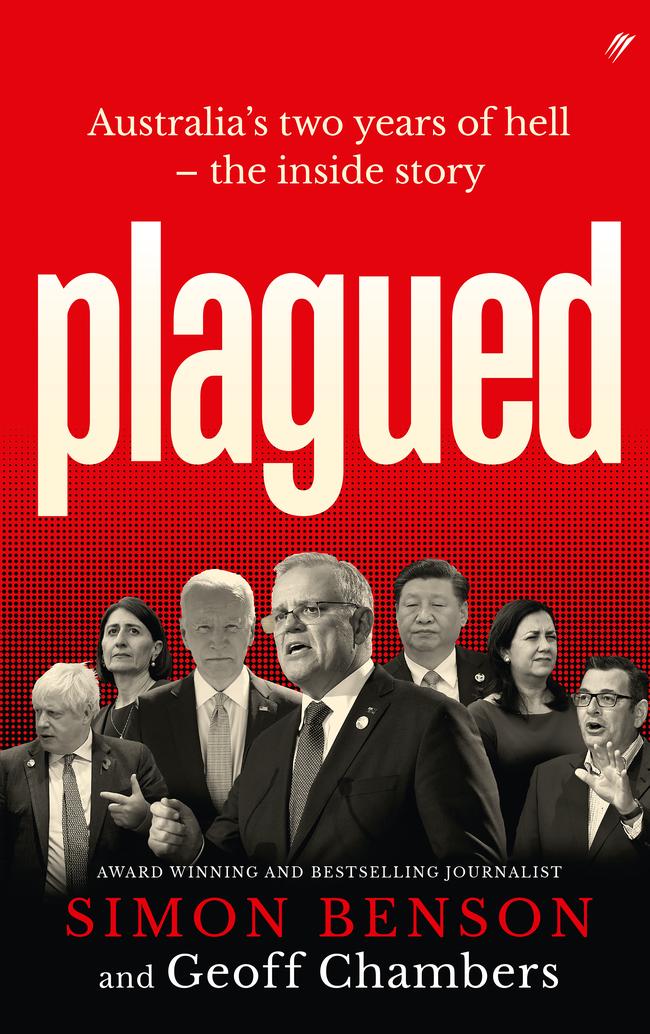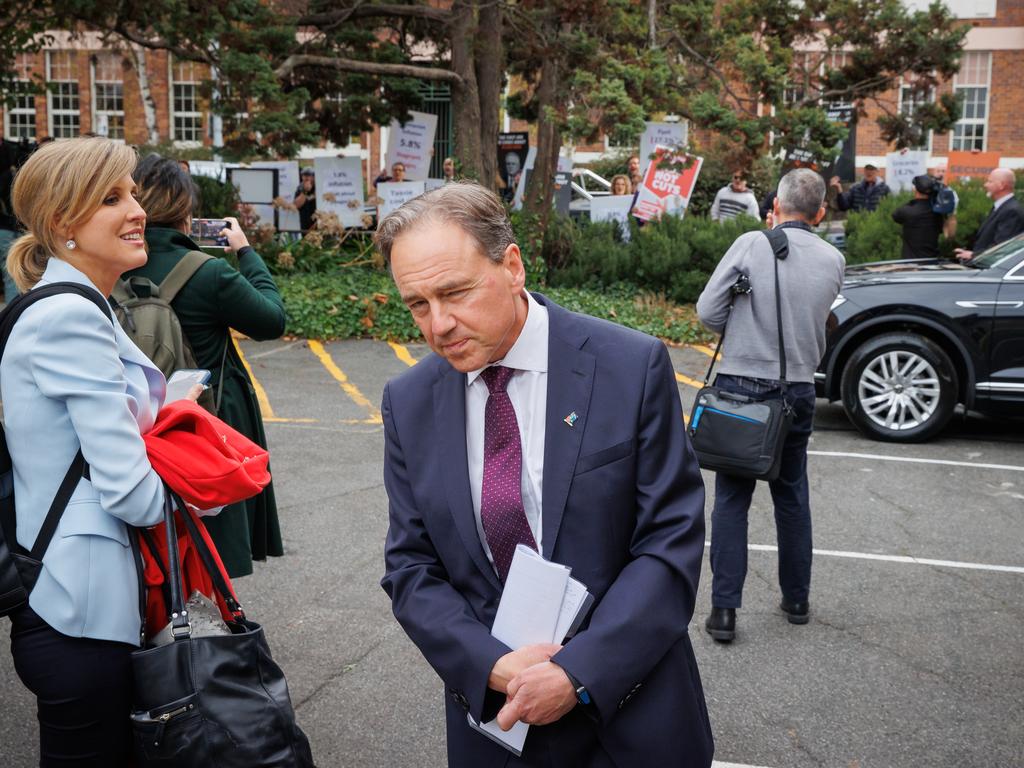The Covid-19 tsunami and the day Scott Morrison shut the door to China
Beijing’s under-reporting of surging Covid-19 cases and mortality rates in early 2020 helped fuel Scott Morrison’s decision to close the international border.

China’s under-reporting of surging Covid-19 cases and mortality rates in early 2020 helped fuel Scott Morrison’s decision to close the international border, despite the former prime minister’s deep concerns over the economic and political fallout.
In one of the biggest decisions a prime minister had faced outside of wartime, Morrison made the call as he sat in his study at Kirribilli House on February 1 2020, aware of the impacts it would have on supply chains, tourism and relations with Beijing.
“Closing the Australian border (with China) was a big deal. We knew it was shutting down tourism and international students,” said Morrison, in a new book, Plagued, out on Tuesday.
“It was a huge decision. Even at that time, we were thinking: ‘How do we get back to normal? Is it temporary? How quickly can we open it up again?’
“It became apparent that it was just the beginning. In the initial phase we were thinking of letting international students in, but by that afternoon the Australian Health Protection Principal Committee said no. I was terribly worried about the economics: I knew it was going to hurt.”
The decision, which came the day after Donald Trump shut the US borders with China, was made after Morrison spoke with health minister Greg Hunt and chief medical officer Brendan Murphy. “We’re going to have to call a National Security Committee meeting today. I think we need to close the borders (with China),” Morrison told Hunt.
“I was about to call you. Brendan and I have spoken, and we said the same thing,” Hunt responded.
Murphy, who was put on a three-way call with Morrison and Hunt, had updated his advice after reviewing the epidemiology with overseas counterparts showing the virus had spread to all Chinese provinces.
“If we want to stop this happening here, we need to shut the borders to China,” he told them.
The book recounts: “Morrison said he wanted Murphy to get the AHPPC ready to meet by midday, ahead of a meeting of the National Security Committee that he was going to call for 2pm. Hunt and Murphy both hotfooted it to the Commonwealth Parliamentary Offices at Treasury Place in Melbourne where they met to dial in to the NSC meeting remotely.
“One of the first calls Murphy made that morning was to Home Affairs secretary Mike Pezzullo, who was pushing a trolley full of groceries in his local Coles store in Canberra.”
Pezzullo was told the initial closure would be for 14 days but it was unlikely to be a short-term measure. “Since late January, Pezzullo and the relevant agencies had been putting plans in place for a worst-case scenario. He left Coles immediately, wasting no time setting the wheels in motion.

“The border-closure decision was made, so the only question was how quickly he could get it done. At the 2pm NSC meeting, Pezzullo told Morrison and the committee that the border closure to China could be in place that night.
Murphy, who briefed NSC on the latest evidence of significant human-to-human transmission in China, had changed his view of the situation. He now believed China was “under-reporting cases and mortality and recommended that Australia go immediately to a level-four ‘do not travel’ alert for the People’s Republic of China, not just Hubei province”.
The veteran health official told the NSC that while the virus “may have escaped from a laboratory, the wet market theory still seemed the most plausible”.
Morrison then phoned New Zealand Prime Minister Jacinda Ardern, who informed him NZ would also shut the border to China.
Plagued also reveals new details of the Morrison government’s push for an inquiry into the origins of Covid-19.
Following an April 20 NSC meeting, where the plan to call for an inquiry was hatched, Morrison committed to writing to like-minded countries to solicit support for increased transparency over the slow-moving World Health Organisation.
Central to the strategy was using a technical committee of the World Health Assembly – the WHO’s 194-member governing body whose policies were set by the health ministers of respective countries – to launch the global probe.

Morrison told NSC colleagues he would seek support from UK Prime Minister Boris Johnson, who was still on leave after a life-threatening bout of Covid-19, to ask if he would back the inquiry.
After already approaching dozens of world leaders to enlist their support, Morrison finally reached Johnson on May 3.
“I want to know where it came from as much as you. The thing almost killed me,” Johnson, out of hospital but still recovering, emphatically told Morrison.
The book reveals some countries were reluctant to publicly call for the inquiry mid-crisis, but were “happy if Australia front-ran it”.
Morrison’s chief-of-staff, John Kunkel, would later compare the situation with a biological crime scene. “You couldn’t just say, ‘Look, here’s a crime scene, and we’ll come back to it 18 months later when the evidence has evaporated’,” Kunkel said.
Plagued by Simon Benson and Geoff Chambers, published by Pantera Press, released Tuesday






To join the conversation, please log in. Don't have an account? Register
Join the conversation, you are commenting as Logout